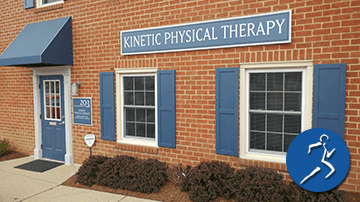
It usually happens with no warning. One minute you’re walking along, the next you’re wincing in pain. Sprained ankles are painful and can become a chronic problem. In this article, we’ll take a look at how they happen and what can be done to treat them.
What Does it Mean to “Sprain” Your Ankle?
When you sprain your ankle, you damage the ligaments (the connective tissue) that holds the bones together to form the ankle joint. Depending on the severity, you may need surgery to repair a sprain. Before we jump ahead to that, though, let’s take a comprehensive look at ankle sprains. There are several things you can do to treat joint instability caused by repeated ankle sprains.
Are All Ankle Sprains the Same?
There are three grades in the severity of ankle sprains.
Grade 1 (Mild) ankle sprains cause a slight injury to the ligaments and will cause some soreness and swelling for a few days. The ankle will be tender, and you might favor it during this time.
Grade 2 (Moderate) ankle sprains will actually cause a slight tear in the ligament. This brings significant soreness and swelling, along with some loss of function. It’s a good idea to avoid putting weight on it for a few weeks to give it time to heal.
Grade 3 (Severe) ankle sprains result in a full tear of the ligaments. This alters the functionality of the joint and can take two to three months from which to recover. At this level, treatment is required, and surgery may be necessary.
How do Ankle Sprains Become “Chronic?”
If you have an untreated ankle sprain and injure it again within six months or so, chronic ankle sprains may result. When the ligaments are injured repeatedly, the ankle joint becomes more and more unstable. This can become cyclical… the injured ankle results in instability, which results in additional sprains. This can affect a person’s quality of life as they become limited in what activities they can perform.
Can Physical Therapy Help Chronic Ankle Sprains?
In physical therapy, we have learned that the body parts work together and that we need to treat more than just the ankle to improve joint stability in that area. Balance and coordination play a significant role in improving your ankle strength, so we need to look at the body from the hip down. Improving posture control can be critical to your success in overcoming chronic ankle sprains.
During your physical therapy sessions, we concentrate on the whole lower part of the body. In a multi-focused approach, we work on strengthening exercises, balance training, agility focus, and endurance training. Restoring joint stability is not focusing on just the ankle, but rather on all supporting areas to the injury.
At Kinetic Physical Therapy, we treat chronic ankle sprains and joint instability. If you are having a problem with one or both ankles, contact us today for a consultation. We’ll be happy to help guide you on the path to recovery.


